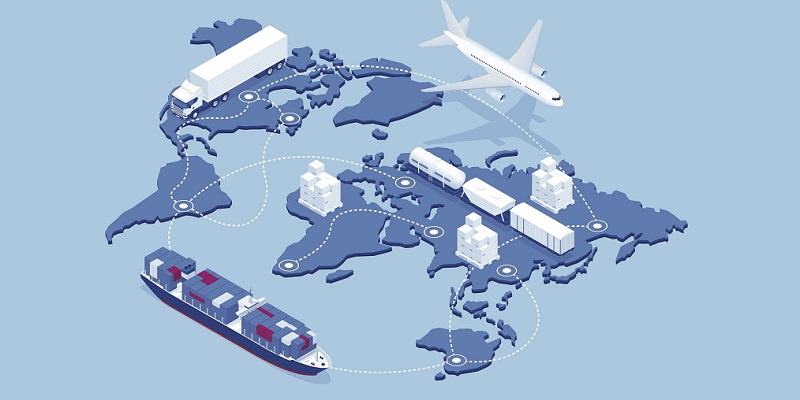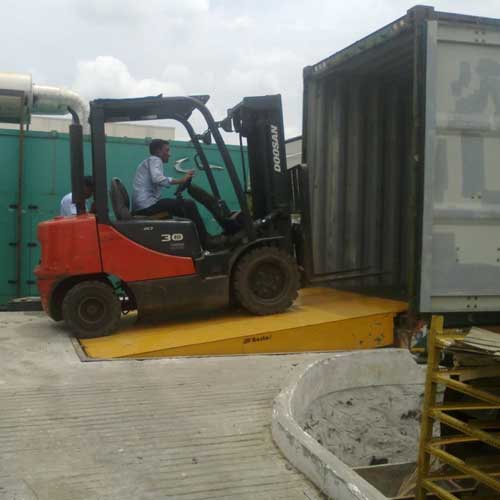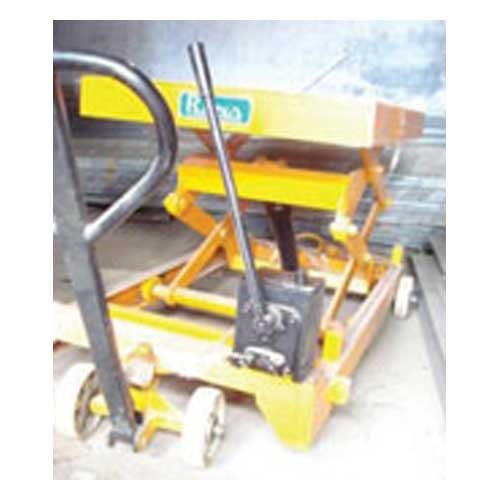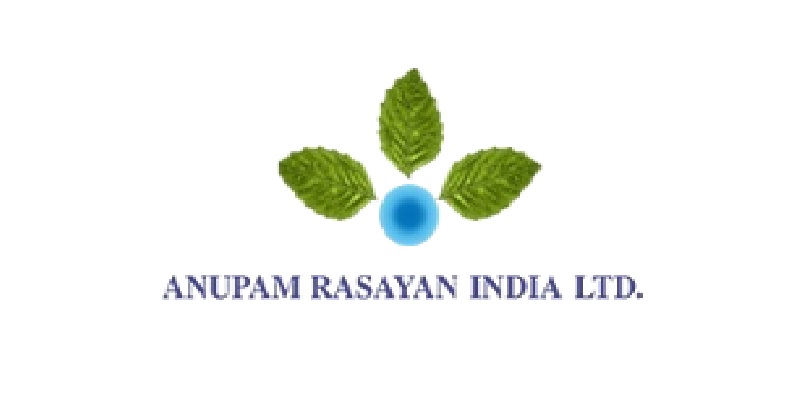Schedule a Call Back
Towards a new paradigm in supply chains: The holistic supply chains
 Articles
Articles- Mar 10,23

Related Stories

Welspun One to Build 1.2M sq ft Grade-A Logistics Park in Talegaon, Pune
Welspun One will develop a 1.2M sq ft Grade-A logistics park in Talegaon, Pune, expanding its presence in Maharashtra’s key industrial corridor.
Read more
India’s Expanding Nuclear Ambitions and the Emerging Market for Small Reactors
As India’s Vision 2047 sets a target of 100 GW of nuclear capacity, the government is shifting to distributed nuclear generation by deploying smaller reactors across multiple locations, writes R J..
Read more
TIL Limited Secures Rs 2 Bn Orders from CONCOR and Indian Armed Forces
These orders validate our dual capability to serve both India's commercial infrastructure expansion and critical defence requirements with equal engineering excellence.
Read moreRelated Products

Dock Leveller
Besto Material Handling Equipments offers a wide range of dock leveller.

Multi Tire
SCI Storage Solution offers a wide range of multi tire.

Industrial Lifting Equipment
Rana Material Handling Equipments Pvt Ltd offers a wide
range of industrial lifting equipment.















